About the Architectural Terracotta Museum
The second main building of the Imperial Hotel is known as one of the most important works of the architectural genius of the 20th century, Frank Lloyd Wright. Decorating the building with tiles and terracotta manufactured in Tokoname, Wright used a revolutionary architectural design and a new structure that survived the Great Kanto Earthquake. The hotel was considered a powerful symbol of recovery from the earthquake and became the forerunner of fortified concrete buildings as well as the age of decorative architecture in Japan.
In our indoor facility, we exhibit the actual column from the second main building of the Imperial Hotel, together with other architectural terracotta from the early Meiji period to the 1930s, when they were in full bloom, following the Great Kanto Earthquake, and explanation of their historical background.
We also introduce the history of INAX, from the end of Edo period to today (from Ina Seito to INAX to LIXIL) in a panel, display the change in materials from the red bricks of the Meiji period to tiles, and various other resources and document regarding terracotta.
We have used terracotta produced in the LIXIL Ceramics Lab for the facade of the building, showcasing the potential of the use of ceramics in modern-day architecture.
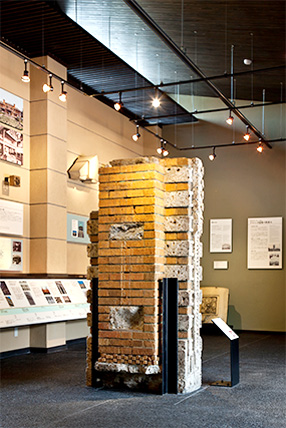
Tokyo / Frank Lloyd Wright / 1923
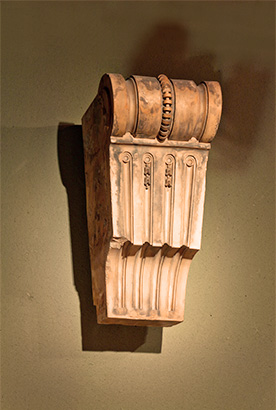
- Kyoto Prefectural Library
- Kyoto / Goichi Takeda / 1909
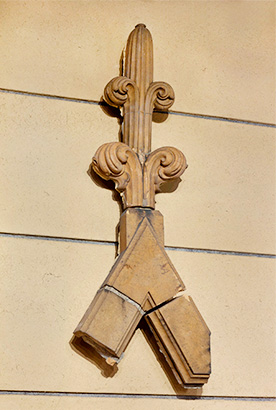
- The Institute of Medical Science, The University of Tokyo
- Tokyo / Yoshikazu Uchida / 1937
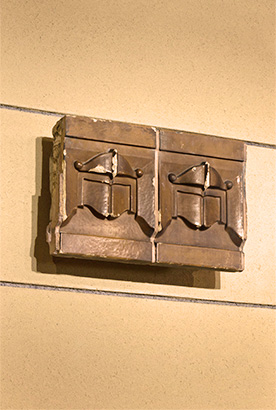
- Metropolitan Police Department
- Tokyo / Ministry of Finance, Building, Repairs and Administration Bureau / 1931
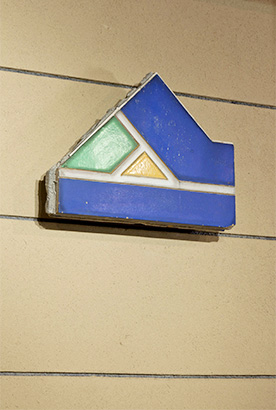
- St Luke's International Hospital
- Tokyo / A. Raymond, J.V.W. Bergamini / 1933
-
- The National Diet Building
- Tokyo / Ad-hoc Diet Building Construction Bureau / 1936
-
- Nagoya City Hall
- Nagoya / Nagoya City Construction Bureau / 1933
-
- The Industry Club of Japan Building
- Tokyo / Yokogawa Architects (Kantaro Matsui) / 1920
-
- Yokohama Elementary School (Current Minato Junior High School)
- Yokohama / Yokohama City Housing & Architecture Bureau / 1928